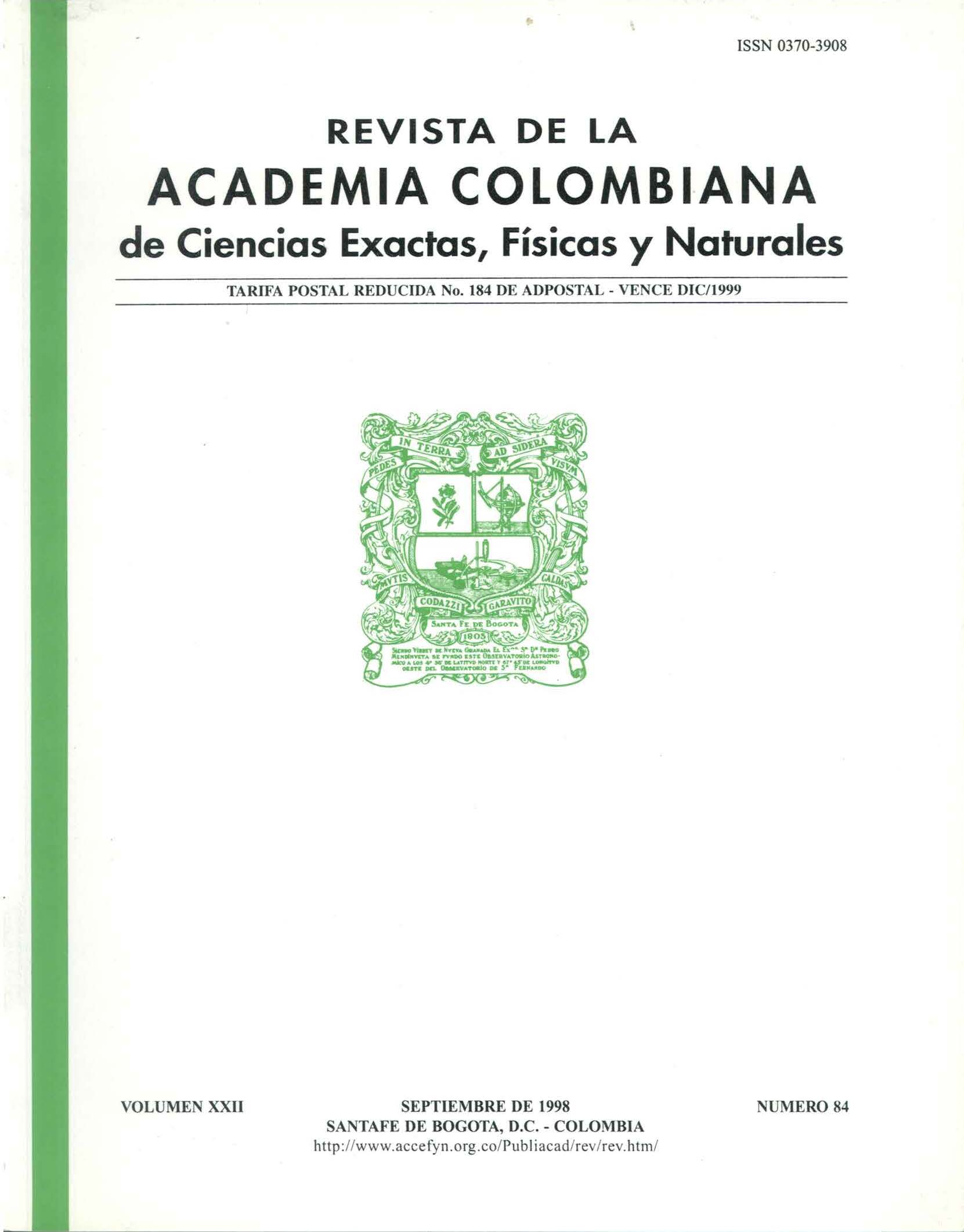Abstract
A brief summary of the most significan! results obtaincd by thc author and her research group during the period 1982-1998 is here presented. One hundred and sixty metabolites (21 being novel compounds) have been isolated and indentified by chromatographic, spectroscopic and chemical means, from bioactive organic extracts in marine organisms (spongcs, sea stars, ophiuroids, soft corals) collected from the Caribbean coast of Colombia. Among them, the furanosesterterpene tetronic acids (7E, 12E, 18R, 20Z)-variabilin, (8E, 13Z, 18R, 20Z)strobilinin, (7E, 12E, !8R, 20Z)-felixinin, (8Z, 13Z, 18R, 20Z)-strobilinin y (7Z, 12Z, 18R, 20Z)-felixinin, showed significant analgesic, antimicrobial, citotoxic and antiturnor activity. Furthermore, the new sesquiterpene (+)-curcuphenol exhibits important antimicrobial, citotoxic and muscle relaxant activity. On the other side, our recent results on marine chemical ecology are also presented.
Keywords
References
Bongiorni, L., & Pietra, F. 1996. Marine natural products for industrial applications. *Chem & Ind.*, January 15: 54-58.
Calderón, L. A. 1997. Modificaciones de la estructura química del (+)-curcufenol y su influencia en la actividad antimicrobiana. Tesis de Maestría en Química, Universidad Nacional de Colombia, Santafé de Bogotá.
Catalan, C., Kokke, W. C. M. C., Duque, C., & Djerassi, C. 1983. Synthesis of (24R)- and (24S)-5,28-stigmastadien-3b-ol and determination of the stereochemistry of their 24-hydroxy analogues, the saringosterols. *J. Org. Chem.*, 48(26): 5207-5214.
Del Valle, M. P., & Vargas, E. 1997. Determinación de la actividad analgésica y antiinflamatoria del (+)-curcufenol y la variabilina aislados de esponjas marinas. Trabajo de grado en Química Farmacéutica. Santafé de Bogotá, Colombia. Manuscrito inédito.
Dey, P. M., & Harborne, J. B. 1991. Methods in plant biochemistry. K. Hostettmann (ed). Academic Press, London.
Duque, C., Bautista, E., Bonilla, A., & Zea, S. 1998. Chemical defense in the marine sponge Ircinia felix. *Biochem. Syst. Ecol.*, Submitted.
Duque, C., & Calderón, L. A. 1998. Síntesis y modificaciones a la estructura química del (+)-curcufenol y su influencia en la actividad antimicrobiana. Manuscrito en preparación.
Duque, C., Zea, S., De Silvestri, J., Calderón, A., & Medina, A. 1988. Actividad biológica vs. Composición química del extracto clorofórmico de la esponja marina Didiscus oxeata. *Rev. Col. Química*, 17(1-2): 39-46.
Gamboa, M., & Pinzón, M. 1997. Citotoxicidad, actividad antimicrobiana y antitumoral de la variabilina aislada de la esponja marina Ircinia felix. Trabajo de grado en Química Farmacéutica, Santafé de Bogotá, Colombia. Manuscrito inédito.
González, O. L. 1994. Aislamiento y caracterización por CGAR-EM de ácidos grasos de fosfolípidos en la esponja marina Agelas schmidti. Tesis de grado de Química Farmacéutica, Universidad Nacional de Colombia, Santafé de Bogotá. Manuscrito inédito.
Martínez, A. 1996. Estudio químico y de actividad biológica de esponjas marinas del género Ircinia. Tesis de doctorado en Ciencias-Química, Universidad Nacional de Colombia, Santafé de Bogotá.
Martínez, A., Duque, C., & Fujimoto, Y. 1997. Novel fatty acid esters of (7E, 12E, 18R, 20Z)-variabilin from the marine sponge Ircinia felix. *Lipids*, 32(5): 565-569.
Martínez, A., Hara, N., & Fujimoto, Y. 1995. Variabilin 11-methyloctadecanoate, a branched-chain fatty acid ester of furanosesterterpene tetronic acid, from the sponge Ircinia felix. *Nat. Prod. Lett.*, 6: 281-284.
Martínez, A., Sato, N., & Fujimoto, Y. 1997. (8S, 13S, 20S)-Strobilinin and (7Z, 13S, 20S)-Felixinin: New furanosesterterpene tetronic acids from marine sponges of the genus Ircinia. *Chem. Pharm. Bull.*, 45(1): 181-184.
Martínez, A., Tanaka, R., & Fujimoto, Y. 1995. (18R)-Variabilin from the sponge Ircinia felix. *Nat. Prod. Lett.*, 6: 1-6.
Roccatagliata, A. J., Maier, M., Seldes, A. M., Zea, S., & Duque, C. 1997. A new sulphated alkene from the ophiuroid Ophiocoma echinata. *J. Nat. Prod.*, 60(3): 285-286.
Rouhi, M. A. 1995. Supply issues complicate trek of chemicals from sea to market. *Chem. & Eng. News*, November 20: 42-44.
Sánchez, C. R., Pinzón, R., Gupta, M., & Del Barrio, L. 1995. Manual de técnicas de investigación. CYTED (ed).
Zea, S., Parra, F., Martínez, A., & Duque, C. 1998. Production of bioactive furanosesterterpene tetronic acids as possible internal chemical defense mechanism in the sponge Ircinia felix (Porifera: Demospongiae). *Memoirs of the Queensland Museum, Australia*. In press.

This work is licensed under a Creative Commons Attribution-NonCommercial-NoDerivatives 4.0 International License.





